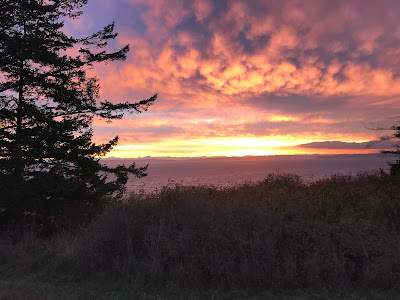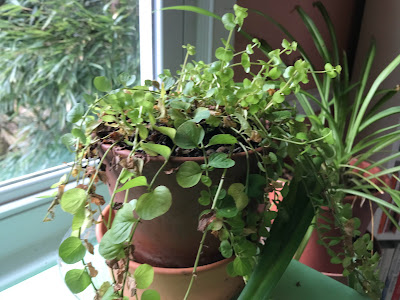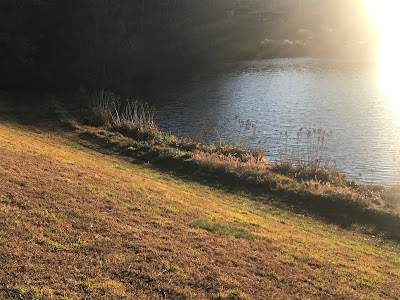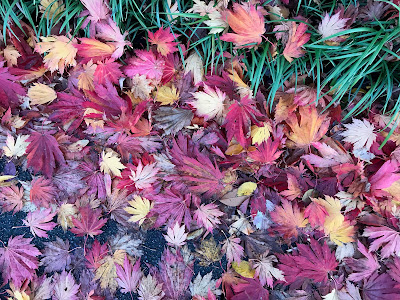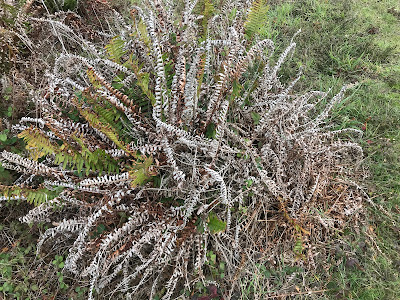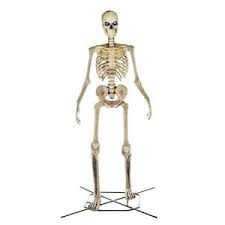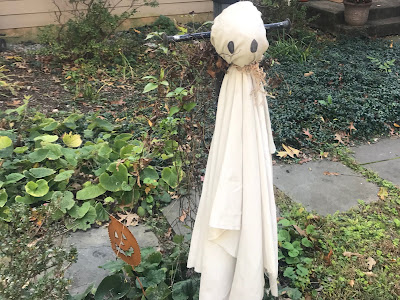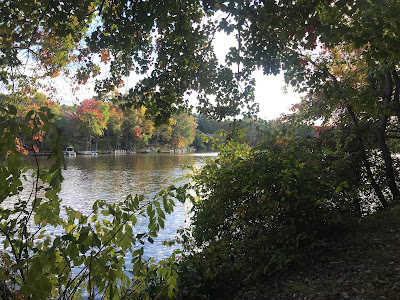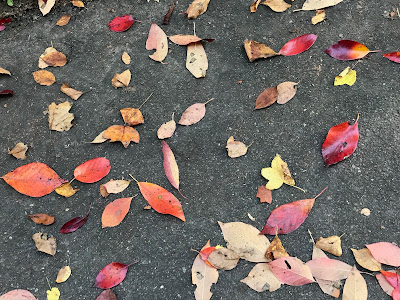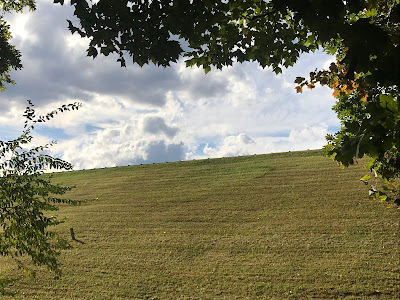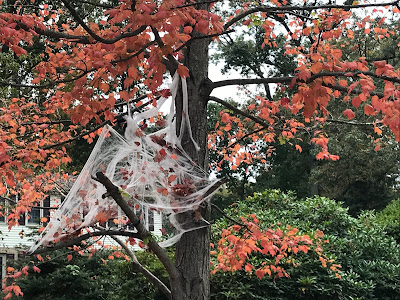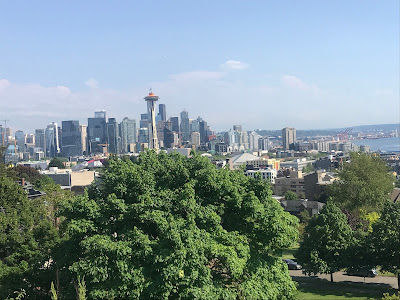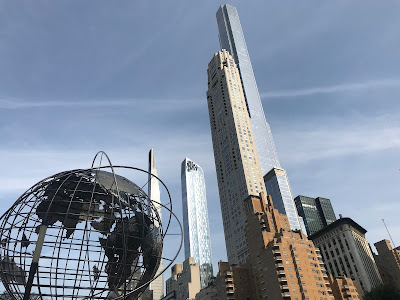Darkness to Light
At 6:45 there is barely any light in the sky. Holiday displays mark the boundaries of street and yard. Our beacon, as they’re intended to be. As for other illumination, it’s still scarce. How easy it is this time of year to think that darkness is winning.
I look out my office window, can barely make out each tree trunk. But the longer I stare, the more individual limbs and branches begin to show themselves, a filigree of darkness against the lightening clouds. The sky is a blotter sopping up the light. Darkness still reigns on ground level; nothing distinct down there yet. No trampoline, garden bench or witch hazel tree. All of that is out of sight, a void. Instead, my eyes are drawn toward the sky, and toward a faint blush of pink gathering around the tree line.
My window faces south, so the big show is out of sight, to my left. I walk into the other room, peer out the window. Dawn barely underway. A smudge of red on the horizon. But walking back in here just 15 minutes later, what a change. Now I see the covered garden bench, the limbs of the witch hazel tree, the white husks of the shells bordering its garden, the azalea and its entourage. The border of leaves and grass.
By 7:12 it is unqualifiedly morning. What a difference 28 minutes can make.
